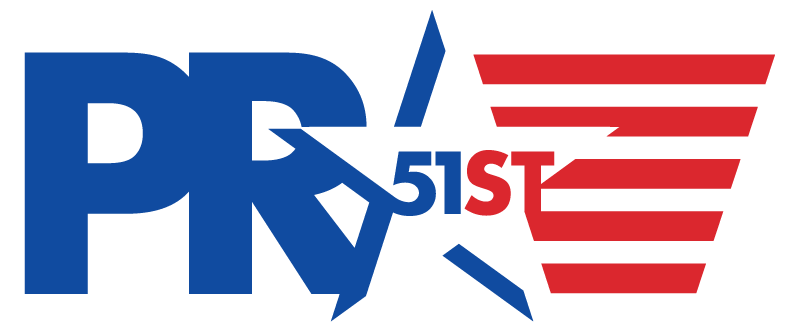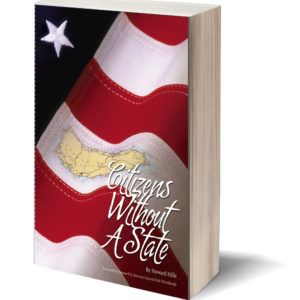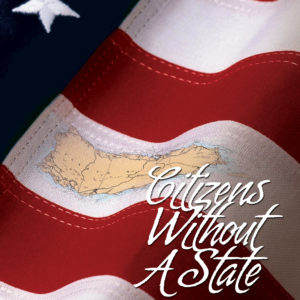Each year, on the second Sunday in June, a vibrant explosion of color, sound, and pride takes over Fifth Avenue in New York City. This is the National Puerto Rican Day Parade, an iconic event that serves as a profound celebration of Puerto Rican heritage, culture, and identity. For generations of Puerto Ricans, both on the island and in the states, the parade is a powerful affirmation of who we are, a moment to unite, and a testament to our enduring spirit.
History
In 1920, New York City was home to 7,364 Puerto Ricans. By 1930, that number had swelled to 44,908. In 1958, the first Puerto Rican Day parade in Manhattan replaced the previous celebration of Hispanic Day. What started as smaller, localized processions eventually blossomed into the grand spectacle it is today, drawing millions of spectators and participants from across the United States and beyond. It has become a cornerstone of New York City’s cultural calendar, a day when the city’s diverse tapestry is particularly illuminated by the unique brilliance of Puerto Rican traditions.
In 1995, the organization incorporated as The National Puerto Rican Day Parade, Inc., a 501(c)(3) non-profit organization. Now, there are many events all weekend around the city, as well as the parade. The NPRDP also awards scholarships to exceptional students of Puerto Rican descent. As of this writing, more than 1.6 million dollars in scholarships have been awarded.
Experience
The atmosphere along the parade route is electric. The air hums with the infectious rhythms of bomba and plena, salsa, and reggaeton, creating an irresistible urge to dance and sway. Floats adorned with elaborate designs, often featuring symbols of Puerto Rico like the coqui frog, the flamboyant Flor de Maga, or the island’s flag, glide down the avenue. Marching bands, community groups, cultural organizations, and prominent figures, all dressed in festive attire, proudly represent their towns, professions, and the myriad facets of Puerto Rican life. Families gather early, setting up chairs and coolers, eager to catch a glimpse of loved ones marching or simply to soak in the collective joy. Children wave miniature flags, their faces painted with patriotic colors.
The parade is also a profound expression of identity for the Puerto Rican diaspora. Many participants are second, third, or even fourth-generation Puerto Ricans living far from the island, for whom the parade offers a vital connection to their roots. It is a day to embrace their heritage, speak Spanish freely, share traditional foods, and feel an undeniable sense of belonging. For those who may not have the opportunity to visit Puerto Rico frequently, the parade brings a piece of the island to them, fostering a sense of community and shared experience that transcends geographical boundaries. It reinforces the idea that Puerto Rican identity is not confined to the island’s shores but thrives wherever its people gather.
Puerto Rico’s political status
Beyond the festive exterior, the National Puerto Rican Day Parade carries deep social and political significance. It is a powerful platform for advocacy, raising awareness about issues affecting the Puerto Rican community, both on the island and in the mainland United States. Over the years, the parade has been a space to highlight calls for economic justice, disaster relief, educational opportunities, and discussions surrounding Puerto Rico’s political status.
In 2017, the parade faced controversy about its dedication to Oscar López Rivera, a Puerto Rican nationalist who had been imprisoned for decades. His release and inclusion as an honoree sparked widespread debate about Puerto Rico’s political future, its relationship with the United States, and the diverse perspectives within the Puerto Rican community regarding statehood, independence, or “commonwealth” — that is, territory — status. This event brought the discussion of Puerto Rico’s political status directly to the forefront of the parade’s narrative and public discourse.
On the day of the parade, Puerto Rican voters overwhelmingly chose statehood in an Island-wide referendum.
Messages
The parade also serves as a reminder to the broader American public of the contributions of Puerto Ricans to the nation’s fabric and the ongoing challenges they face. The parade’s leadership often dedicates each year’s event to specific themes or individuals who have made significant impacts, further amplifying important messages.
The 2025 theme is an inclusive one. “This year’s theme is Plantando Bandera,” the NPRDP explains. “The theme captures the Puerto Rican community’s collective sentiment of pride in our presence, our contributions to society and dedication to honoring and maintaining our cultural heritage and tradition.”




No responses yet